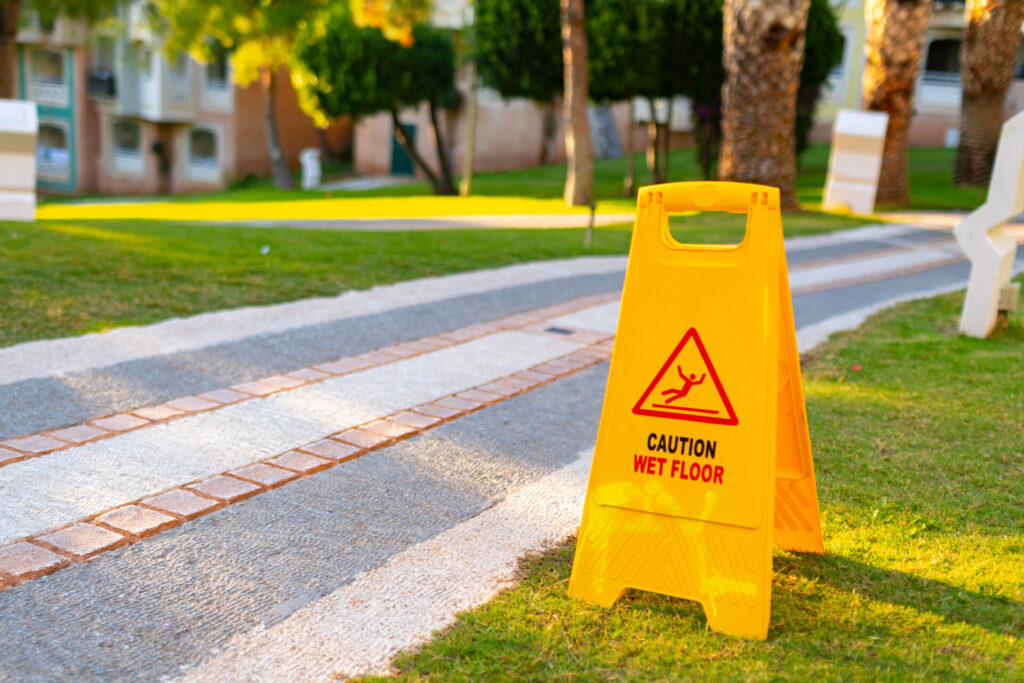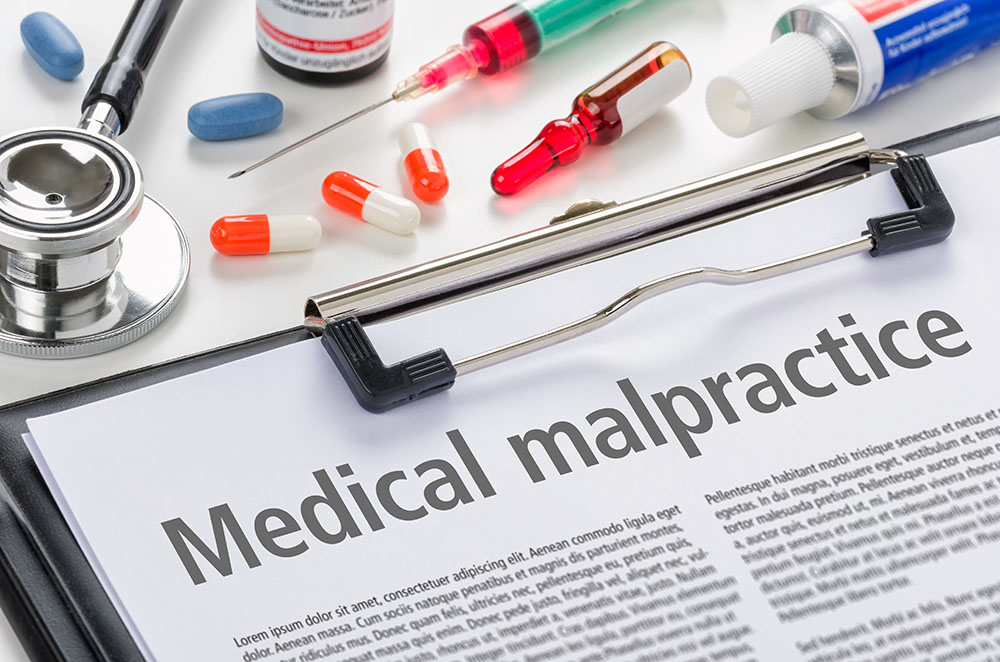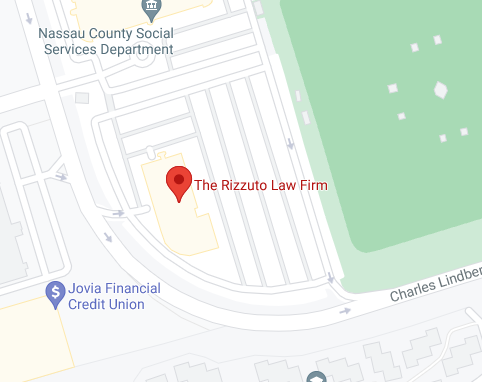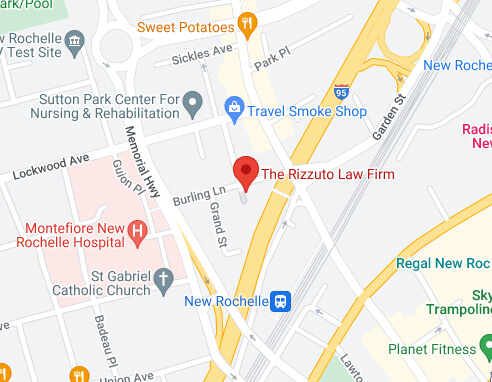What Are Top Mistakes People Make When Filing a Car Accident Lawsuit?
It’s easy to think that car accident lawsuits are cut-and-dried, a simple matter of someone being guilty for someone else’s injury or damaged car. But it’s rarely that simple. There are so many complexities to car accident law, and for someone not familiar with it, there are many pitfalls that could cause an otherwise good case to fail. Here are some of the top mistakes people make.
- Responding to communications from the other party’s (usually known as the defendant) attorney or insurance representative. It can appear harmless to talk about the common accident, but in reality, the other side is either looking for statements they can use against you, or they’ll try to force a much lower settlement on you than you might get pursuing a lawsuit. And don’t sign anything without having your attorney approve it.
- Talking about the accident with others. Even talking with your family, close friends, or neighbors can come back to haunt you. They may become witnesses for the other side, even if they’re on your side. If you’ve said anything to them that can be construed as taking fault for any part of the accident, it can be used against you in the case.
- An extension of the two points above is posting about the accident online, including social media. Anything posted online can be used against you.
- Not seeing a medical professional right after the accident. Even if you feel fine at first, seeing a doctor is vital. There are injuries that don’t always present symptoms right away, and they can worsen when left untreated. What’s more, the defendant’s lawyer may try to claim that because you didn’t see a doctor right away, any injury found later can’t be attributed to the accident.
- Withholding information about pre-existing conditions. Sometimes, when people visit a doctor after an injury, they don’t mention pre-existing conditions. This is a mistake that, if uncovered by the defendant, could be used against you in the case.
- Lying about any aspect of the case. Any untruths uncovered by the defendant will undermine your case.
When in doubt about the best way to proceed with a car accident lawsuit, working with an experienced personal injury attorney is crucial.
What Is Comparative Negligence in New York?
Personal injury cases often have more than one party at fault. For example, the defendant may have been driving while under the influence. But the injured party may have been speeding. In cases like that, the law needs to have some standards for assessing fault. In the U.S., there are three types of laws addressing this, with each state choosing which one to follow.
- Contributory negligence. This holds that if the victim is even 1% at fault for the accident, they have no right to claim damages. Very few states use this type of negligence law.
- Modified comparative negligence. This says that if the victim is either 51% or 50% at fault (each state chooses its threshold), they’re ineligible to file for damages. If their fault is below the threshold, they can claim damages, but the amount of damages they’re awarded will be reduced by the percentage of fault assigned to them.
- Pure comparative negligence. This says that even if the injured person is 99% at fault, they can still receive 1% of any damages awarded to them.
In New York, the law is pure comparative negligence, so the victim has a good possibility to receive some type of damages. However, that also means the defendant will be motivated to have as much fault pushed to the victim as possible. In the example above, perhaps the defendant is found 70% at fault, and the victim is 30% at fault. The victim is awarded $20,000, but they receive only $14,000–which is the total damages reduced by 30%.
Working with a personal injury attorney to counter the defendant’s efforts to push fault onto the victim is recommended.
How Is Negligence Proven?
New York law requires four aspects of negligence for a case to be successful. All four aspects must be proven.
- Duty of care. The defendant had a responsibility to act in a safe and sensible manner that would not endanger the victim.
- Breach of the duty of care. The defendant didn’t uphold their responsibility to be safe.
- Causation: This is often the most difficult to prove. Causation means clearly showing that because the defendant breached the duty of care, an accident happened that caused the victim injuries. In the example above, the defendant was driving while under the influence of alcohol, and because they were not entirely in control, they caused an accident that led to injuries.
- Damages. That accident caused the victim harm and damages, including financial damages such as out-of-pocket medical bills or lost wages due to time spent away from work while recovering.
Because it’s vital to prove all four aspects, working with an experienced personal injury attorney is highly recommended.
What Should I Do if I Need to File a Car Accident Lawsuit in New York?
Call the Rizzuto Law Firm as soon as possible at 516-622-0606 for a free case evaluation. Car accidents can be complex when it comes to filing claims for damages or pursuing litigation. Trying to go it alone without a solid understanding of New York’s personal injury laws and requirements can lead to denied claims and dismissed lawsuits. Our team of knowledgeable, experienced personal injury attorneys can help you avoid legal pitfalls.









